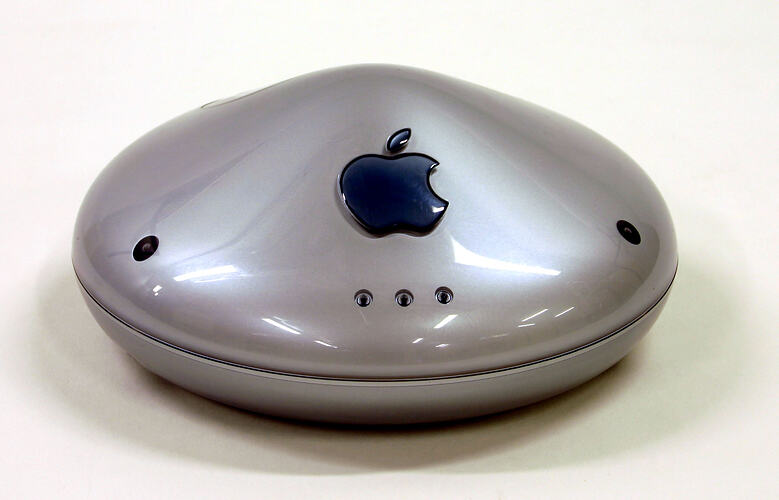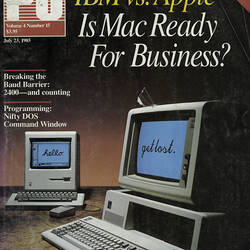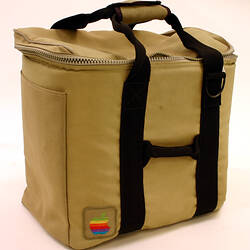Apple saw ease of connectivity - the elimination of wires leading to elegant designs - as a necessary innovation. The introduction of the iMac minimised the number of different wires needed to keep mouse, keyboard, monitor, modem and peripherals connected. The AirPort base station, released by Apple on 21 July 1999 facilitated the further elimination of wires through the use of wireless connectivity to connect to AirPort, which enabled computers to connect to, the Internet, each other, a wired LAN and other devices such as printers and music amplifiers.
On 21 July 1999 Apple released the AirPort base station which incorporated what came to be the industry standard wireless connectivity solution, known as Wi-fi. This was the 802.11b standard developed in conjunction with Lucent Technologies, providing users with a range of 50m. The space-ship or flying-saucer shaped Airport base station was the first commercial product of its type and allowed up to ten wireless equipped computers, whether Macs or Wintel machines, to share a single Internet connection, as well as a local area network. Later Airport developments allowed base stations to be networked, allowing whole campuses and areas to be wirelessly-enabled, permitting broadband speeds to be enjoyed over large distances. This has given way to metropolitan areas the size of Melbourne being wireless-enabled, allowing laptop PCs to remain connected to the Internet while driving or taking public transport, sitting in local parks or libraries or visiting friends or workplaces.
More Information
-
Keywords
-
Authors
-
Article types














